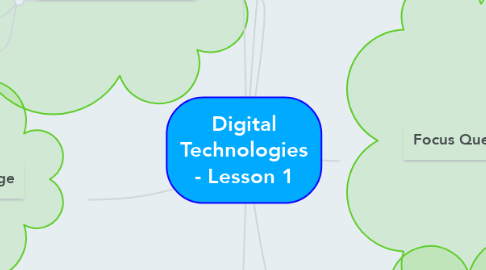Digital Technologies - Lesson 1
by Alana Fullbrook


1. Curriculum Links
1.1. Data can have patterns and can be represented and used to make simple conclusions (ACTDIK002)
1.2. Work collaboratively to safely create and share a procedure for a solution
2. General Capabilites
2.1. Literacy
2.2. Numeracy
2.3. Information and Communication Technology (ICT) capability
2.4. Critical and creative thinking
3. Prior Knowledge
3.1. In Year 1, students learned about common digital systems and patterns that exist within data they collect, and how they may include pictures, symbols and diagrams. Students also learned how to explain algorithms as a sequence of steps for carrying out instructions.
4. Assessment
4.1. Student’s ability to follow small group and whole class instructions as well as colour squares in on graph paper in the efforts of reproducing an existing picture.
4.1.1. Checklist
4.1.2. Anecdotal notes
5. Resources
5.1. Graph Paper
5.2. Paper
5.3. Arrow symbols on different cards
5.4. Video
5.4.1. https://studio.code.org/s/course2/stage/1/puzzle/1
